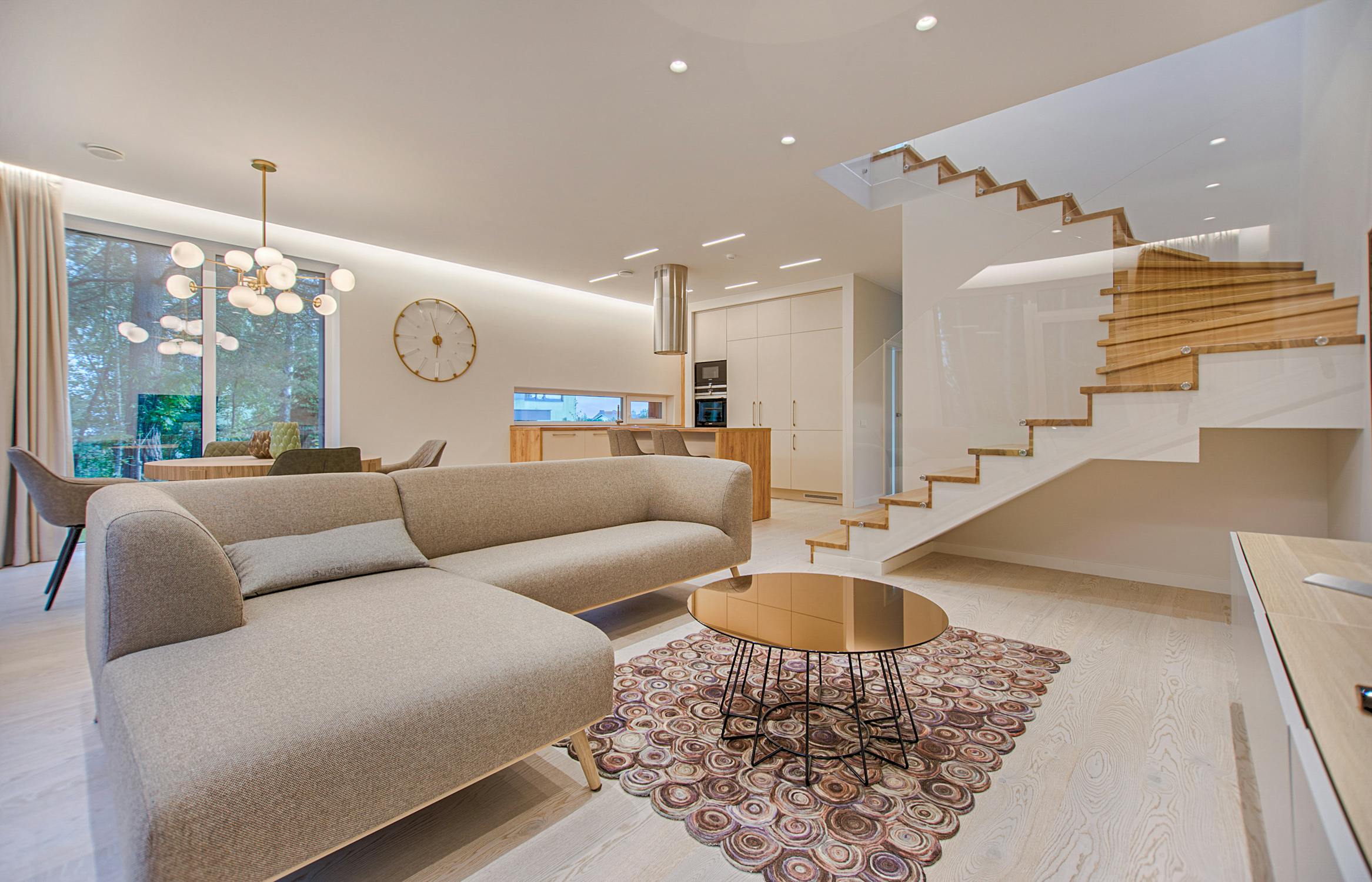How to Create a Fully Integrated Smart Home

Smart home technology has become very popular recently, offering convenience, security, and energy savings. Creating a fully integrated smart home means carefully choosing, installing, and connecting various smart devices. Here's a simple guide to help you make your home smart.
1. Understand Your Needs and Set Goals
Before starting, think about why you want a smart home. Ask yourself:
- Why do I want smart technology (for security, saving energy, convenience)?
- Which parts of my home need smart devices (lights, heating, security)?
- How much can I spend on smart home upgrades?
Knowing your goals will help you choose the right devices.
2. Pick a Smart Home Hub
A smart home hub acts like the brain of your smart home system, connecting and controlling all your devices. Some popular options are Amazon Echo, Google Nest Hub, and Apple HomePod. When you're picking a hub, think about:
- Which devices are compatible with it?
- Is it simple to set up and operate?
- Does it offer voice control?
- Can it integrate with Alexa, Google Assistant, or Apple HomeKit?
3. Choose Compatible Smart Devices
Select devices that work well with your hub and each other. Here are some key devices to consider:
Smart Lighting
Smart bulbs and switches let you control lights remotely, set schedules, and change brightness and color. Brands like Philips Hue, Orvibo, and TP-Link are popular choices.
Smart Thermostats
Smart thermostats like Nest Learning Thermostat and Ecobee SmartThermostat help you control your home's temperature efficiently. They learn your preferences and adjust settings to save energy.
Smart Security Systems
For better security, use smart cameras, doorbells, locks, and alarms. Brands like Ring, Hikvision, and Eufy offer good security options you can control with your phone.
Smart Appliances
Smart appliances, such as refrigerators and washing machines, can be controlled remotely. Samsung and LG have a range of smart appliances for modern homes.
Smart Speakers and Displays
Smart speakers and displays like Amazon Echo Show and Google Nest Hub Max let you use voice control, provide entertainment, and manage other smart devices.
4. Ensure Strong Network Connectivity
A good Wi-Fi network is essential for your smart home. To improve your network:
- Use a high-speed internet connection.
- Place your router centrally for even coverage.
- Use Wi-Fi extenders or mesh systems like Eero or Google Nest Wi-Fi to cover all areas.
5. Set Up and Configure Your Devices
After choosing your devices, set them up for best performance:
- Follow the installation instructions for each device.
- Connect the devices to your hub and Wi-Fi network.
- Use the hub's app to configure settings, create schedules, and set up automation.
- Group devices by room or function for easier control.
6. Create Automation and Routines
Automation makes your smart home even better. Here are some ideas:
- Morning Routine: Turn on lights, start the coffee maker, and adjust the thermostat when you wake up.
- Away Mode: Turn off lights, lock doors, and set the security system when you leave.
- Evening Routine: Dim lights, play relaxing music, and adjust the thermostat for a cozy evening.
7. Select the Right Company for Installation
While some smart devices are easy to install yourself, others might need professional installation. To choose the right company for installation:
- Look for companies with good reviews and ratings.
- Check if they are certified to install the brands you've chosen.
- Ask for a detailed quote and make sure it fits your budget.
- Ensure they offer post-installation support and maintenance.
8. Maintain and Update Your System
Regular maintenance keeps your smart home running smoothly:
- Update your devices' firmware for security and functionality.
- Review and adjust automation routines as needed.
- Check your Wi-Fi network regularly to keep it strong.
Conclusion
Creating a fully integrated smart home involves planning, choosing the right devices, selecting a good installation company, and having a strong network. By following these steps, you can enjoy the benefits of a smart home, including convenience, security, and energy savings. Transform your home into a smart living space and enjoy the future of home technology.
Ready to Start Your Smart Home Journey?
Our experts at Home AI can help you design and install the perfect smart home system for your needs.